Unpacking Packaging Design: Five Truths and Myths of Design
It is a misconception that packaging design encloses a product in a particular material. It is very important in managing a customer’s perception of his brand. However, there are so many myths that surround it.
Below are five right and wrong beliefs regarding packaging design to assist you in making better decisions when choosing your design. Understanding all of these can guarantee your packaging not only safeguards your product but also the image of your business.

Right: Packaging Is A Manifestation Of Brand Personality
Your packaging is your identity. It is a packaging system encompassing everything a customer sees while using your products. One critical factor is that it presents the story of the product before the customer finally comes across the product.
Wrong: Packaging is Only for That
It is widely assumed that packaging merely safeguards what’s inside the package. They are not protected just for the protection’s sake. Packaging is also one of the most influential factors in marketing promotion.
It assists in the conveyance of the brand’s message, ethics, and quality to the customers. A missed chance to communicate with buyers is the negative consequence of paying no attention to design products.

Right: Green Packaging Appeals to the Consumers
Sustainable packaging is now a thing for good reason, and the trend grows more decisive year by year. To be more specific, current customers are the most environmentally sensitive than they have ever been. Selecting materials that help the environment proves you are an environmentally conscious person.
Wrong: Sustainable packaging is too expensive.
When considering environmentally friendly packaging, one might often hear they are ‘expensive materials.’ This isn’t true. Some sustainable materials used in designing have higher costs than their non-sustainable counterparts, but in the long run, they prove cheaper.
Right: Material selection raises the perceived value.
Specifically, the choice of materials primes customers’ perceptions of your product. Professional packaging creates a perception of a quality product. One of the most common mistakes manufacturers make is using cheap or low-grade materials in making a product.
No matter how good the product is, it will have a way of looking cheap as well. Precious packaging material makes the product more worthy, and the look of your brand enhances its worth.

Wrong: Simple Designs for Any Object Are Always The Best
Plain styles are delicate in design but not the best solution. Much will depend on your brand and your target audience. Sadly, some products require complex patterns or larger fonts for maximum impact. Clean is not necessarily classy. Excessive simplification of the packaging often makes it dull and does not raise enthusiasm.
Right: Product differentiation increases brand awareness.
Innovations in packaging enable your brand to have a niche in the market. An elaborative and unique design makes customers identify your product from others in the store. Among the benefits of a private brand is its accessibility to overcrowded shelves. Your packaging is a component of the product and generates repurchases.
Wrong: Popularity Hardly Has Anything To Do With Packaging
Indeed, the packaging job often determines how consumers will likely approach products to purchase. Research has shown that customers assess some products by their outer packaging. Aesthetically pleasing designs capture the eye and give the first impression, which is always good. Ignoring packaging design is a way to lose potential sales and attract the wrong clientele.

Conclusion
This feeder influences the perception your brand gets in recognition and sales. Cultural beliefs that are in tune with increased motivation for growth and development and that leave out other myths when launching a product reflect a natural competitive advantage. Select friendly packaging materials for clients depending on your brand expectations and desirability factor.



